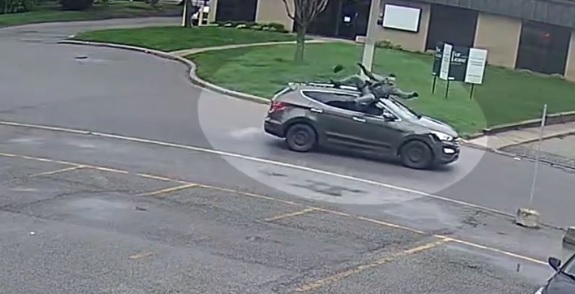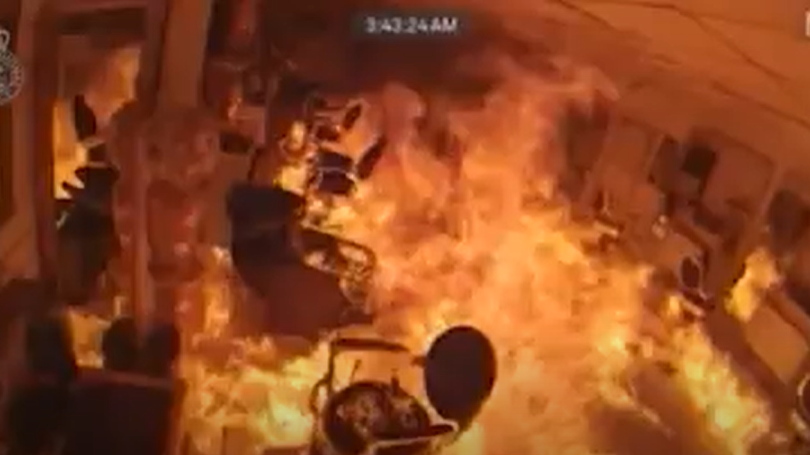Researchers identify 1st remains of boy buried at US reform school in 1940
Posted August 7, 2014 1:21 pm.
This article is more than 5 years old.
TAMPA, Fla. – A boy who was buried at a reform school with a history of unsanitary and decrepit conditions was for the first time positively identified among the scores of remains that were found in unmarked graves, researchers said Thursday.
The University of South Florida researchers said they used DNA and other tests to identify the remains of George Owen Smith, who was 14 when he disappeared from the Arthur G. Dozier School for Boys in 1940. They couldn’t say how Smith died. Official records indicated 31 burials at the school, but researchers found the remains of 55 people during a four-month excavation last year.
Researchers said Owen’s body was found in a hastily-buried grave wrapped only in a burial shroud. His DNA matched a sample taken from his sister.
“We may never know the full circumstances of what happened to Owen or why his case was handled the way it was,” Erin Kimmerle, the lead researcher and an associate anthropology professor, said in a news release. “But we do know that he now will be buried under his own name and beside family members who longed for answers.”
University officials said Owen’s mother wrote the school’s superintendent, Millard Davidson, in December 1940 asking about her son. She got a letter back saying no one knew where he was.
In January 1941, his family was told he was found dead after escaping from the school, the university said. The family travelled to Marianna to claim Owen’s body, but they were led to an unmarked grave.
Owen’s sister Ovell Krell said her mother never accepted that her son was dead and spent the last decades of her life waiting for him to return home.
A press conference was held Thursday to give further details.
Some former students from the 1950s and 1960s have accused employees and guards at the school of physical and sexual abuse, but the Florida Department of Law Enforcement concluded after an investigation that it couldn’t substantiate or dispute the claims. Many former Dozier inmates from that era call themselves “The White House Boys” after the white building where they say the worst abuse took place.
Researchers began last September excavating the graveyard at the school, which closed in 2011 for budgetary reasons. The dig finished in December.
The school opened in 1900 and housed over 500 boys at its peak in the 1960s, most of them for minor offences such as truancy or running away from home.
In 1968, when corporal punishment was outlawed at state-run institutions, then-Gov. Claude Kirk visited and found the institution in disrepair with leaky ceilings, holes in walls, cramped sleeping quarters, no heating for the winters and buckets used as toilets.
All the bodies found were interred in coffins either made at the school or bought from manufacturers, university officials have said. Some were found under roads or overgrown trees, well away from the white, metal crosses marking the 31 officially recorded graves.
Officials have said that it’s unclear if there are other graves elsewhere on the school site.










